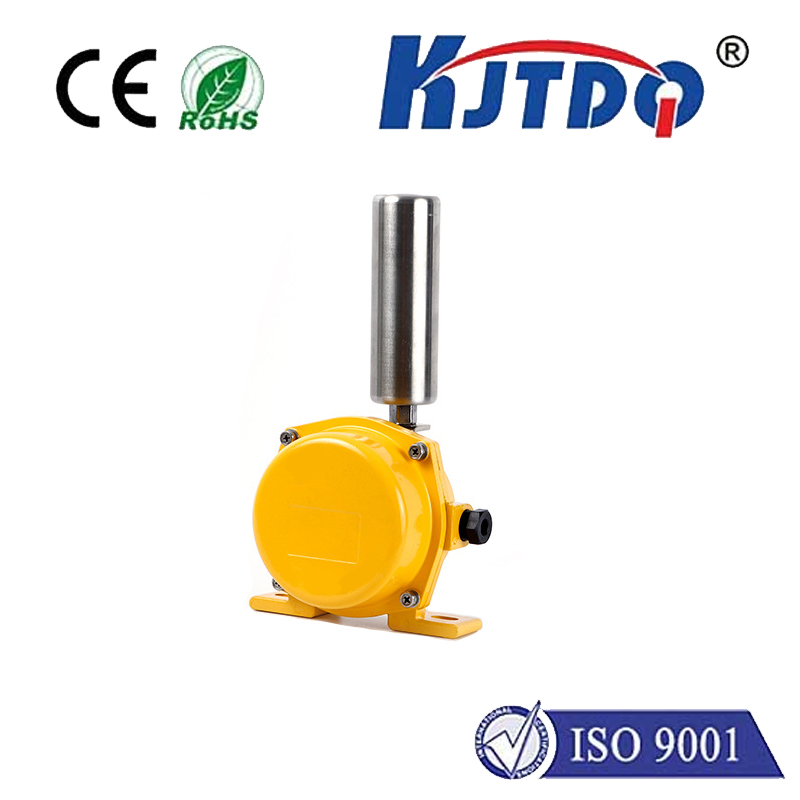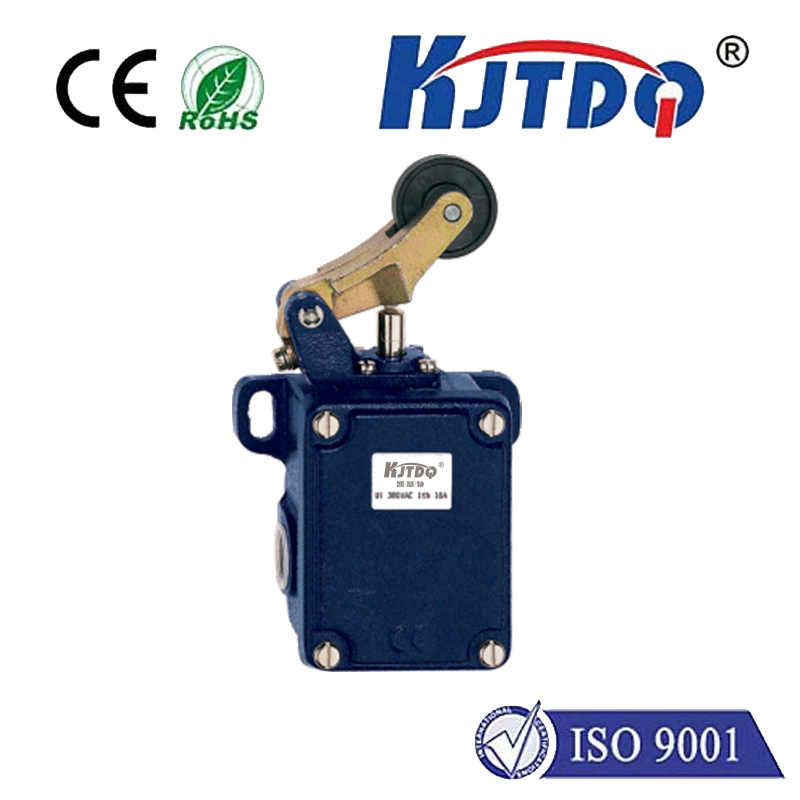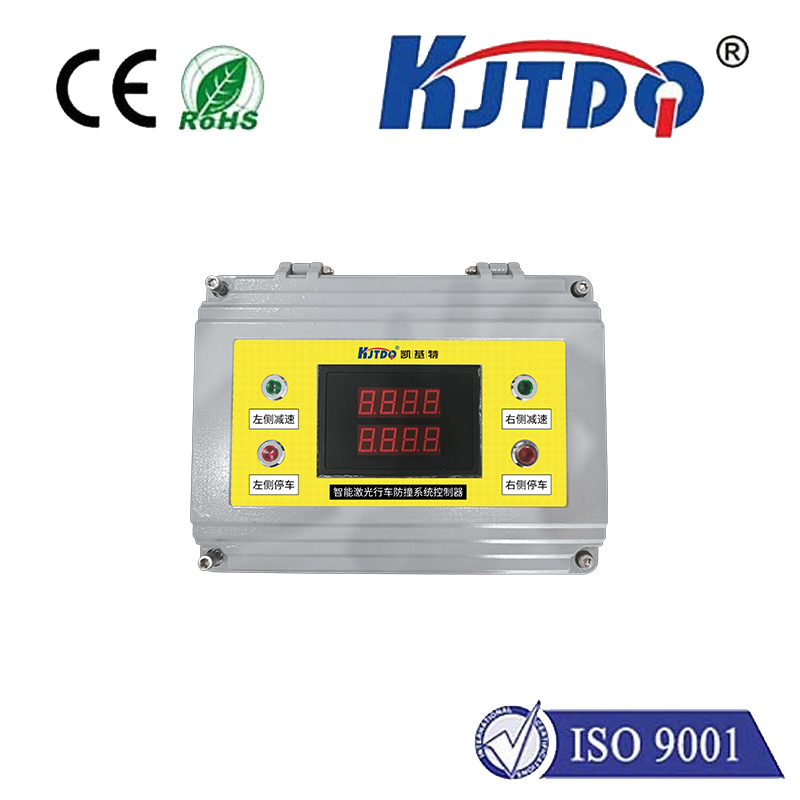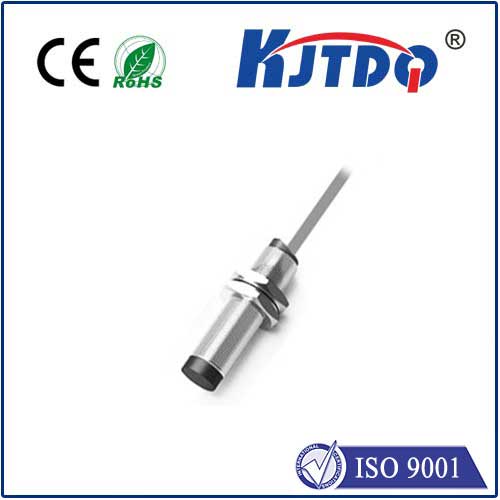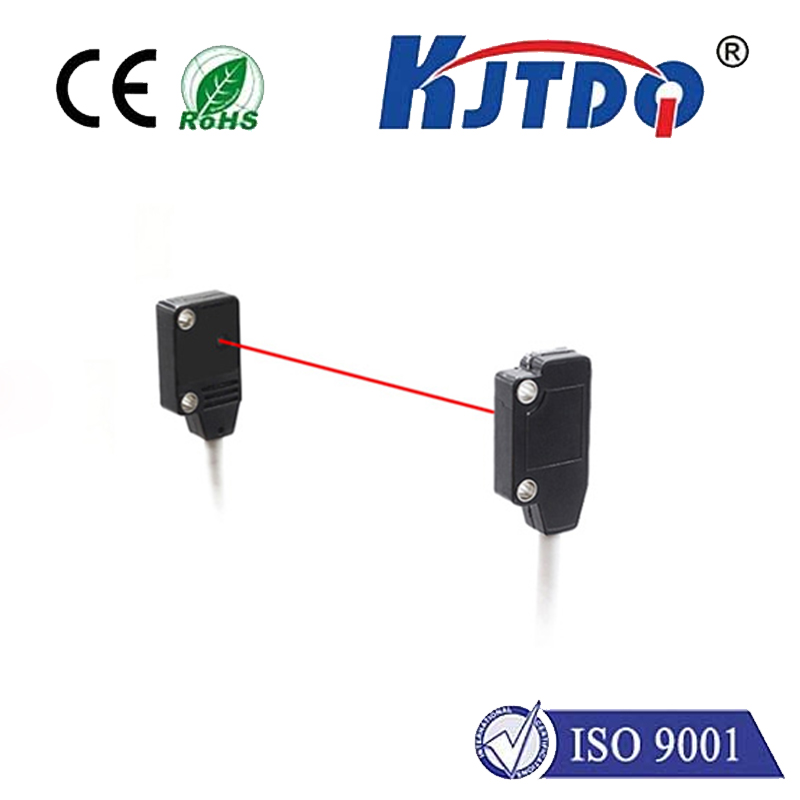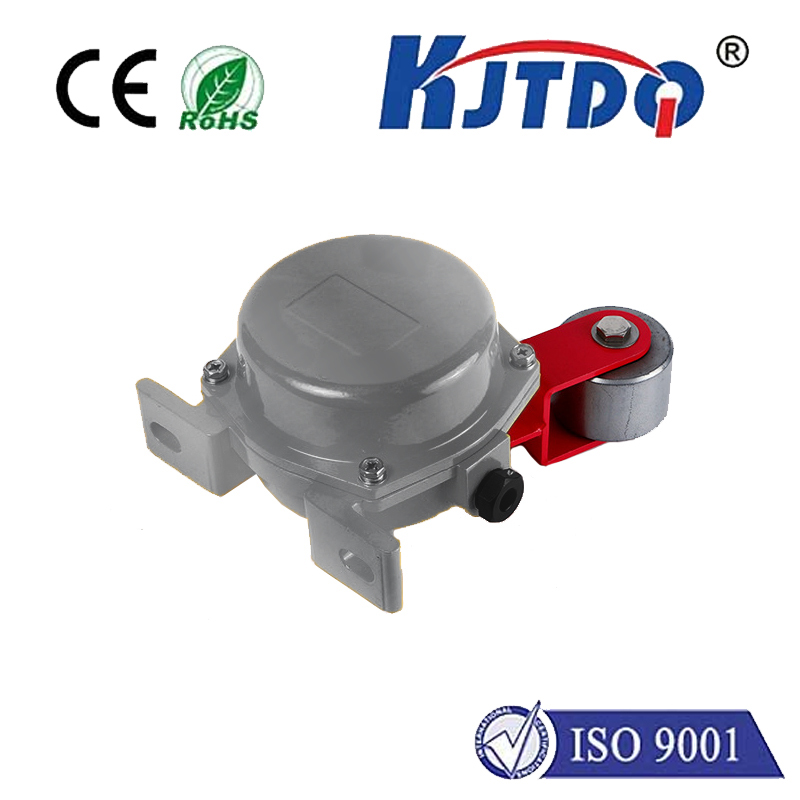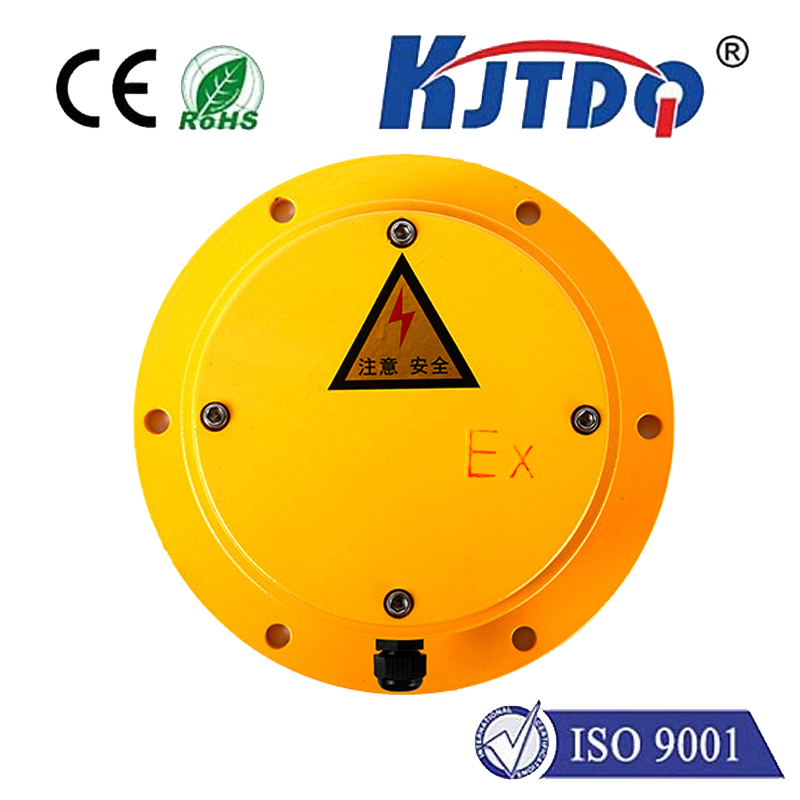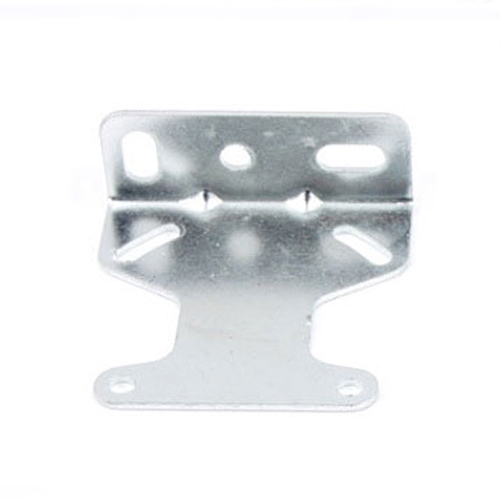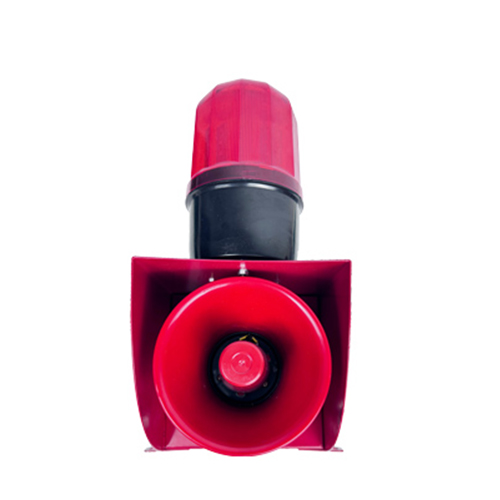

check

check

check

check

check

check

check

check

check

check
Title: The Revolutionary Laser Fork Sensor: Revolutionizing the Way We Move
Introduction
In recent years, there has been a significant shift in the way we interact with technology. One such development that is rapidly gaining popularity is the laser fork sensor. This innovative device is changing the game by providing unprecedented levels of control and precision when it comes to handling objects. In this article, we will delve deeper into what the laser fork sensor is, how it works, and its potential applications in various industries.
What is the Laser Fork Sensor?
The laser fork sensor is a handheld device that uses a laser beam to track and measure the movement of an object. It works by emitting a focused beam of light onto the object being moved and using cameras or other sensors to capture the image of the reflected light. This information is then processed and analyzed to determine the object's position, speed, and direction of movement.

How Does the Laser Fork Sensor Work?
The laser fork sensor operates on the principle of triangulation. By measuring the distance between three points where the laser beam intersects with different surfaces, it can calculate the object's position and movement accurately. This is done by sending out multiple laser beams at different angles and using advanced algorithms to process the data.
One of the key advantages of the laser fork sensor is its ability to work in low-light environments. This makes it particularly useful for outdoor activities such as camping, hiking, or fishing, where visibility can be limited. Additionally, the sensor is lightweight and portable, making it easy to carry and use on the go.
Applications of the Laser Fork Sensor
The potential applications of the laser fork sensor are vast and diverse. Here are some of them:
1. Manufacturing and Assembly: The sensor can be used to monitor the movement of parts during manufacturing and assembly processes, ensuring accuracy and minimizing errors.
2. Robotics: Robots equipped with laser fork sensors can navigate complex environments, perform delicate tasks, and even interact with humans safely.
3. Sports:Athletes can use laser fork sensors to improve their performance by tracking their movements and identifying areas for improvement. This technology is already being used in golf, tennis, and skiing.
4. Security:Laser fork sensors can be used for surveillance purposes by detecting motion in real-time. They can also be used to identify unauthorized access attempts or theft.
Conclusion
The laser fork sensor is a game-changing innovation that has the potential to transform many industries. Its ability to provide accurate and precise measurements makes it an invaluable tool for businesses looking to streamline their operations and enhance efficiency. As technology continues to evolve, we can expect further developments in this field, leading to even more sophisticated applications in the future.
